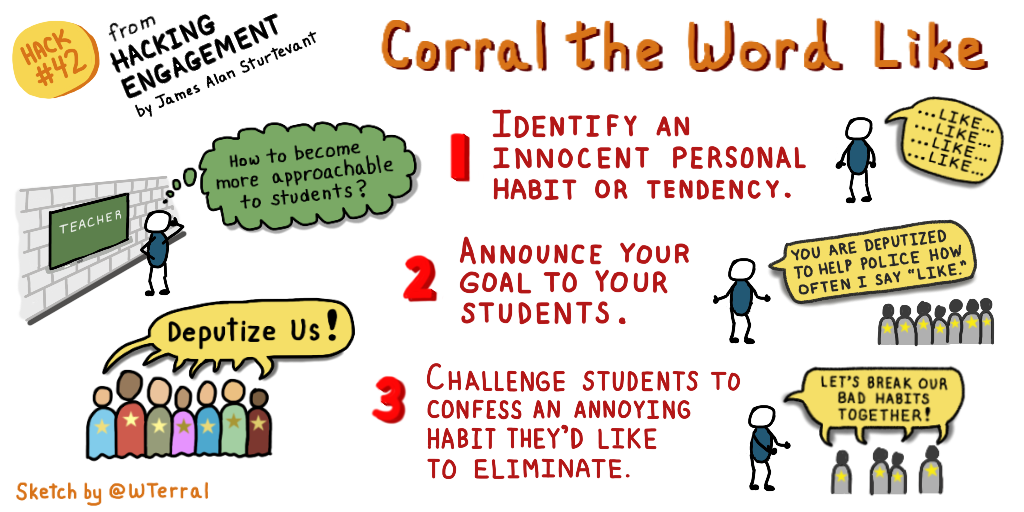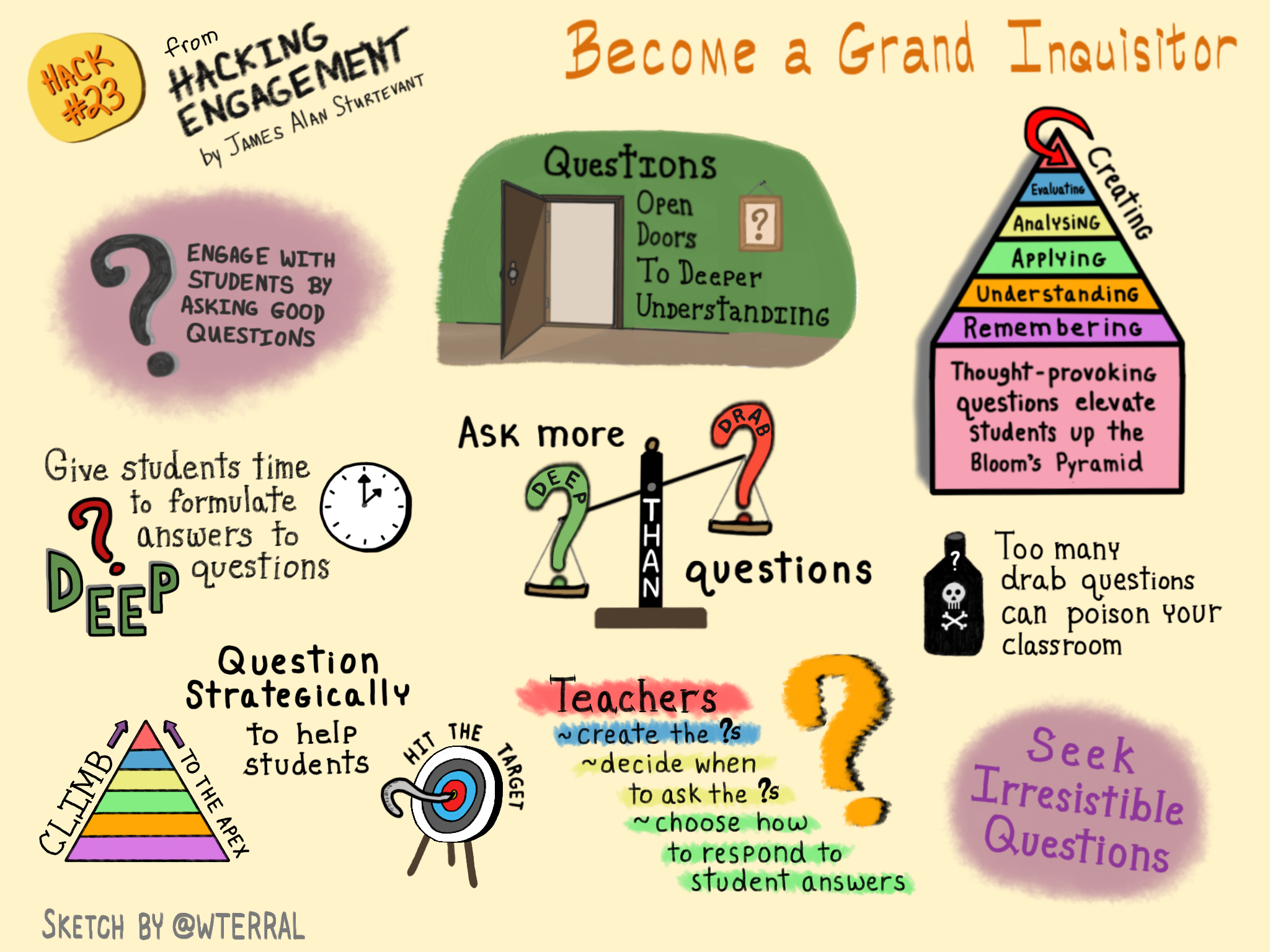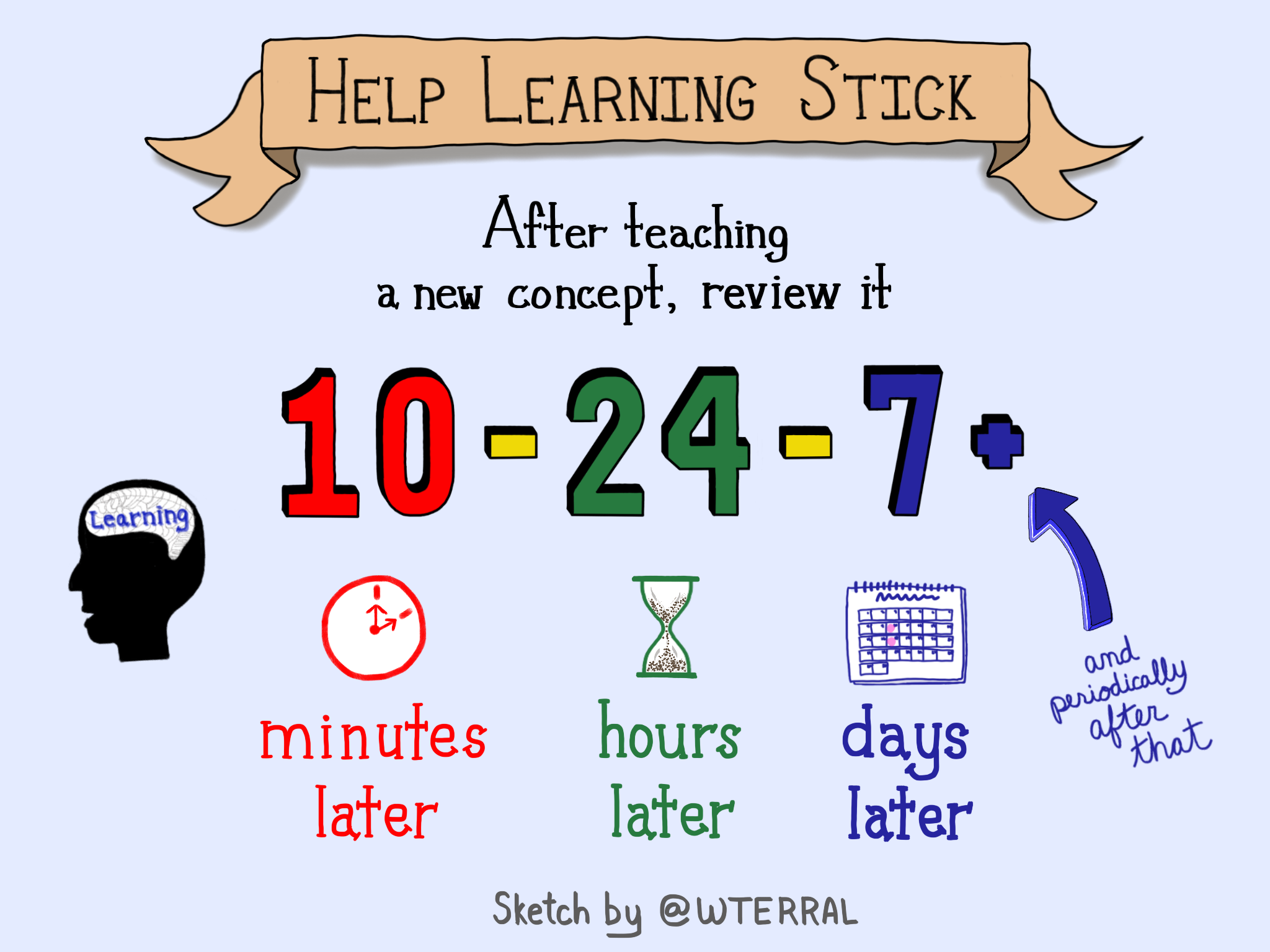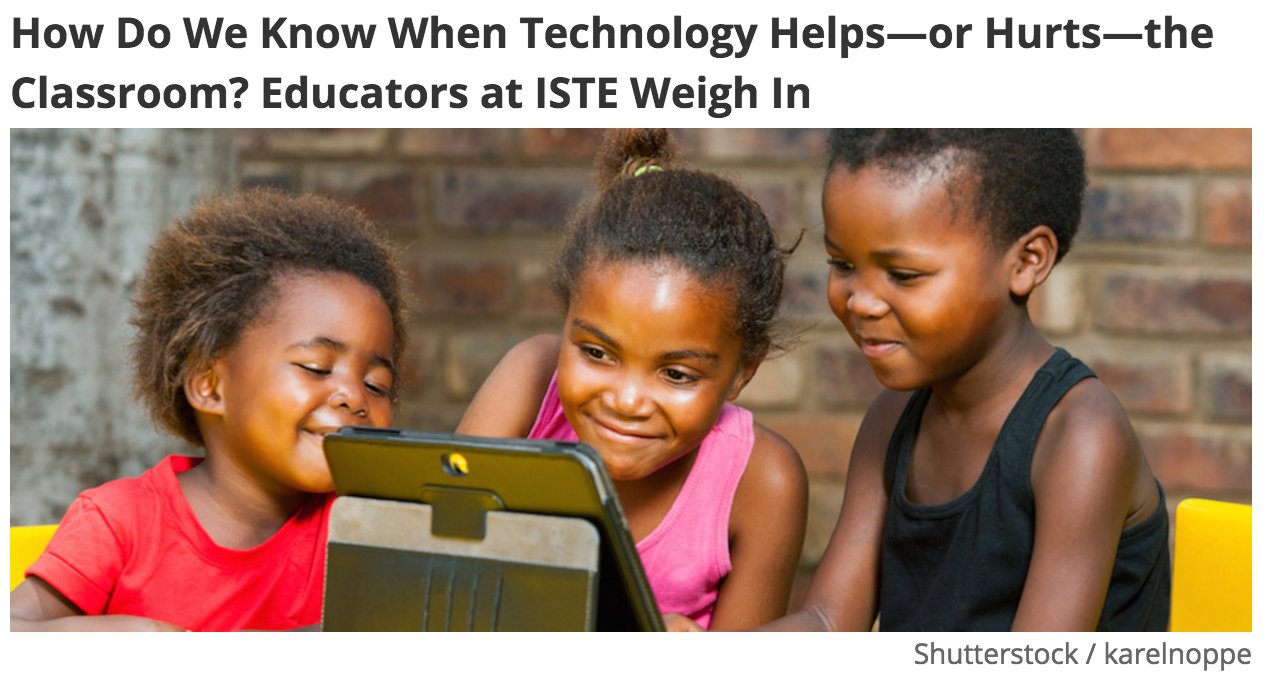The Power of NOT Done
I began my journey as a doctoral student at The University of Memphis back in 2014 and have finally reached the “done” state. There have been many obstacles along the way but with the support of many fabulous people, I have finished.

I’m not going to wax poetic because that is not my way but I did want to share a few things on my mind since yesterday’s graduation ceremony.
The speaker gave a fairly typical speech that encouraged the graduates (most of whom were in their twenties) to look forward to what their future had in store. I don’t remember who gave that speech when I graduated with my first college degree back in 1990 but I have no doubt I let my mind gravitate to what my future might be.
Yesterday, not so much.
I’m only a handful of years away from retirement and, while I know I have plenty of living left to do and plenty of impact left to have on the world, I know more and more how limited time is. I have lost many precious souls in the past 29 years since I heard my undergrad commencement speaker – including my father. I’ve lost friends / family to accidents, illness – including cancer, suicide, and even murder.
Don’t get me wrong. I feel quite celebratory in finally completing this degree. While I am not changing jobs (because I really LOVE my job), I am thinking about what extra gigs I can take on so I can have a greater impact on the world in the time I have left (and so I can pay off these new student loans!). I hope that time is a nice long block but I know, more than ever, that time is running out. It is true, I have finished my manuscript (save for minor revisions) but I am NOT done with trying to make a difference. I am NOT done with sharing things I’ve learned.
Updated info about “Remote for Slides” Chrome extension
This post has been updated (12-14-17) because the developer of this extension has addressed some issues and released an update. More updates are in the works. Thank you, Henry Lim (@henrylim96 on Twitter).
 Remote for Slides (note the name change from version 1) is a great little extension and quite handy. It lets a presenter use any internet-connected device (phone, tablet, another computer) to advance slides on a Google Slide deck AND see their presenter notes without having to be on the same WIFI SSID.
Remote for Slides (note the name change from version 1) is a great little extension and quite handy. It lets a presenter use any internet-connected device (phone, tablet, another computer) to advance slides on a Google Slide deck AND see their presenter notes without having to be on the same WIFI SSID.
The presenter has to have the extension installed in order to get a 6-digit code after going to a presenter URL.
There are several problems of which to be aware (some have been addressed and others have fixes coming).
(I am speaking more from the viewpoint of a teacher in a classroom of students. Yes, I hope the teacher is not boring their kids with a big deck of advancing slides and an old lecture format.)
ONE problem is that you DO NOT need to have to be signed into that Google account (the one doing the presenting) in order to make use of the 6-digit code. Originally, the 6-digit code displayed by default which would allow anyone in the audience to also see it and possibly take control. Now the 6-digit code is hidden by default. Just click on the SHOW ID icon and you get to see the code for about a second. You will want to do this BEFORE to start projecting.
Also, the second problem I originally mentioned will also be fixed when the person controlling the presentation has to be signed into their account.
Also, you no longer have to change the URL to activate the controller mode. A handy, dandy button is provided!

A SECOND problem is that the URL that is used to control the slide show doesn’t change. As such, it is possible to “control” the deck even when it is not in presentation mode. Give it a try – go to this URL to control my little demo slide deck.
NOT ONLY THAT – Simply by clicking the icon in the upper-right corner of the controller, the presentation hijacker can also view all your presenter notes!
A fix for these issues might be tying it to a Google account and require the presenter to sign into their Google account to control it. Another fix may be to allow only ONE instance of a connected controller.
Hopefully, these design issues will get worked out.
In the meantime, keep that 6-digit code secret!
Thank you, Henry!
Image Template for Google Forms Header
I always have the hardest time getting a custom image header the right size in Google Forms (the “new” Google Forms, of course). I made this Google Drawing template for my use but am making it available to anyone else needing it.
Get your own copy by going to http://bit.ly/formimagetemplate. Instructions are on the sides of the drawing but here is how it works.
The image canvas is set to be 1600 x 400 pixels. There is a rectangular area that represents the center top above the form. If you put your design elements there, you will be a-ok. When you have that area the way you want it, you can delete the rectangle (unless you want to keep it visible on the form). Then, download the image as a PNG. When you upload the image into the color palette on the Google Form, set the cropping markers to match the layout of the canvas on the template.
Here is a quick video – no audio – showing the process.
Reflections of a Beginning Sketcher
For 2017 I chose to challenge myself to complete a #SketchADay for my 365 project. As a way to reinforce my #OneWord for 2017, imperfect, I also committed myself to sharing those sketches on my social media accounts (Facebook, Twitter, Google+).
Three months have past and I took some time today to look over how far my skills have grown since January 1st. You can see my sketches in this shared Google Photos Album.
I am pleased with how far I’ve come but am MOST excited by the sketches I’ve done in the past seven days.
My fellow Google Certified Innovator, Cate Tolnai, sent out an email on March 20th to some of her PLN with the idea of spreading the #SketchADay concept into a social experiment of sorts. #Sketch50 was born. Within three days, this incredible group of EDU-sketchers (of which I am honored to be a part) had social media accounts set up along with the sketch50.org domain. Daily prompts were brainstormed and collected in a Google Sheet. Images for the daily prompts were organized in Google Slide deck. The group moved from emailing as the primary form on communication to a Voxer group.
It has been beyond incredible to see how fast the idea took off. After the first day, we even had 2nd graders in Africa participating!
As I write this, we have 43 more days in #Sketch50 and I know it is going to continue to grow. So cool to think that my little 365 project had even a little bit to do with Cate getting inspired to do this.
If you haven’t joined in on the #Sketch50 movement, it is not too late. Join us. Here is how:
If you are at all curious about how I am doing my sketches, here is a bit about my workflow:
My go-to app is Procreate for iPad. I currently have an iPad Air 2 but am seriously considering upgrading to an iPad Pro to get a bigger screen. I am currently not using a stylus. I have tried many but always return to using my finger. Haven’t given the Apple Pencil a try yet though.
I can’t recommend the Procreate app enough. It is the best $5.99 I have ever spent on an app. I really think I would not be sticking with the #SketchADay if I hadn’t taken to this app the way I have. The fabulous Sylvia Duckworth gave an impromptu sketchnoting session at ISTE 2016 and I have been hooked on Procreate ever since.
One of the best features of the Procreate app is the ability to activate the time-lapse feature. It makes it possible to export a video that shows the steps of the creation process. Here is an example, a video of the creation of the workflow sketch I posted earlier:
Three months down and nine more to go. My goals are to continue building my visual vocabulary and work into doing more larger sketches. I’ve done a few and they have been well-received but they take me quite awhile to do. I hope to develop a good workflow for that so I can get more of these ideas out of my head.
Here are some of my bigger sketches:
Travel Agent vs. Tour Guide
I’ve been buried deep in working on my dissertation proposal and have been finding it challenging to keep focused. I read someplace that using a metaphor, analogy, or story can add a level of cohesiveness to a paper. I may not write this into my paper, but taking that approach is helping me make a bit more sense of my work. I thought I would take a moment to share with my readers. Note – These are my views and are generalized to educational systems as a whole, not my employer.
So much of the “professional” development (PD) teachers experience these days is really administrative and not professional. Think about the last inservice day you attended (or planned). Were sessions focused on how to do any of these?
- operate a piece of software or online service/tool,
- improve classroom management or discipline,
- navigate the latest teacher evaluation requirements,
- prepare for the next round of standardized testing,
- maintain needed safety measures on your campus,
While these topics must be covered to share procedures, policies, knowledge, and/or to meet compliance requirements, these are administrative development and have little or nothing to do with actually improving teaching practice. These sessions often place the learner (our teachers) in a passive role as they consume what is being shared by a presenter. Research shows that this type of PD may be useful for learning procedures but if a change in teaching practice or a change in paradigm is expected, the approach to PD offered must follow certain characteristics. If the desired result is change, “traditional” PD is not going to cut it.
My dissertation is examining the self-directed professional learning (SDPL) of teachers, the benefits/barriers experienced, and how a district/school can support their teachers’ SDPL.
I have provided (and will be providing) many “traditional” PD sessions. For example, I have spent the last several years teaching people how to get around in Google Apps and have shared ways it could be used to make life more efficient as well as how it can be used for collaboration by teachers and students. I have modeled its use. I have encouraged its use. Some people have taken the ball and run with it; some, not so much. I should not be surprised for much (or most) of the fault lies with the training provided.
Too much PD we offer is led by a tour guide. The teacher, if they are lucky, gets to choose the tour but they are led through the journey. Teachers are too often passengers rather than participants. The tour guide chooses what to show and what to say about each part of the tour. The passengers may (or may not) ask questions but can certainly choose to be passive consumers of the tour guide’s script. Weeks after the tour is over, they may remember a few bits and pieces of the tour but will likely be left with an overall impression rather than detailed memories. We certainly would not expect them to BECOME the tour guide after taking the tour once as a passenger.
A travel agent can provide a deeper experience. When it comes to SDPL, I envision the district/school (or those they bring in to run PD) in the role of travel agent. This is especially needed if we really want the journey to have an impact on the teacher and the way in which they teach and, even more so, if you want them to change how they teach. The travel agent keeps up with the available travel options (destinations, tours, experiences, interactions) and, after getting to know what the customer wants, provides them options to help them meet their goal for the trip. They consult with the traveler to lay out the itinerary and are there to provide support during the trip in case things go wrong. Sure, some people are ready to just go online and book all aspects of that big vacation but, not being the expert, may miss some real gems along the way. They may book a hotel that provides less than stellar service. They may sign up for a tour that hits all the touristy spots but bypasses the stops that give a real feel for the city. They would still have a good experience, one they chose, but by getting an additional level of support in the planning and execution of the trip, the experience can be that much deeper, memorable, and impactful.
Travel Agent vs. Tour Guide. I am going to try to be more of a travel agent rather than a tour guide in PD I offer from now on. That won’t be possible for required administrative development sessions but, when I can, this is the approach I am going to take. I am going to find out from my teachers what they want to learn and support them in that journey. Time will limit how much I can actually spend with each teacher but I can certainly help suggest resources for them to visit on the trip. There are many challenges in this approach – for me and for the teacher. It is usually easier to be the passenger. Taking a more active role in the process takes more time and effort but the result is more likely to be effective if we really want a change to occur.
The right way? Ah, if it were only so easy. Just like there is not one right way to teach students, there is not one right way to approach teacher development. Differentiation is needed to address the needs of adult learners. However, mandated PD is often focused on compliance and is less concerned with learning. “Attendance is mandatory but learning is not” (Kennedy, 2016, p. 29). Just as we focus on student learning, PD should be more about teacher learning. Until it is, we should not be surprised that learning is not happening and that change is not taking place.
Fake Facebook Page
There are a number of services out these that allow students to simulate what historical figures or literary characters might post on social media. A popular one is Fakebook. However, we wanted to manage this assignment using Google Classroom. While we did come across some Google Slide templates using the simulated Facebook layout, I just couldn’t find one that looked like we wanted it to (back in 2016). So, I made one. As always, I am sharing freely.
Here is a short URL to make a copy of the three-page template. Page one is a blank slide that uses the fake Facebook layout as the background of the slide. This makes it easier for the student to add images and text boxes without accidentally moving elements of the layout around.
https://bit.ly/fakefacebooktemplatepreview (link fixed Jan 2025)
Want to peek at it first? Here is the original Slides file.
If you find this helpful, I would love to have you post a comment below.
Book Study Group: #InnovatorsMindset
Join us! #InnovatorsMindset book study group. New book each month for school yr https://t.co/P0uJsqFgnc #makered #growthmindset #edchat
— Wanda Terral (@wterral) July 31, 2016
EdSurge Quoted Me!
I’m not one for tooting my own horn (extra funny because I am a trumpet player) but I did want to share that I got a highlighted quote in this EdSurge article. My first time!










